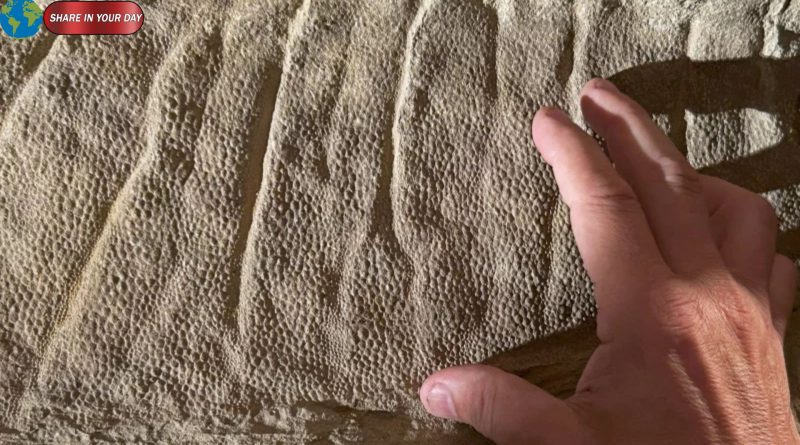Hoofed and Preserved: The Remarkable “Mummified” Duck-Billed Dinosaur Discovery
A team of paleontologists has made a breathtaking find: two specimens of the duck-billed dinosaur Edmontosaurus annectens, preserved to the point of being naturally “mummified,” and revealing features long only speculated — including hooves.
A Rare State of Preservation
Found in the Badlands of eastern Wyoming, these fossils are not simply bones but carry the impressions of skin, the texture of scales, and the structure of soft tissue.
The process appears to have involved carcasses drying out under the sun, followed by rapid burial by sediment and an exceptionally fine layer of clay forming a cast‐like template over the body.
Hooves — The First Among Dinosaurs
The most startling discovery: the hind feet of the adult specimen (nicknamed “Ed Sr.”) were capped with hoof-like structures. These are the earliest confirmed hooves documented in any land vertebrate, and represent the first–ever hooved reptile known.
Analyses show the toes ended in flat-bottomed hoves, while the forefeet lacked that structure. The researchers suggest that these hooves likely evolved to support walking through muddy terrain at the end of the Cretaceous.
What the Mummies Reveal About Life in the Late Cretaceous
Because the specimens preserve skin and external anatomy, scientists could reconstruct an almost full “fleshy” portrait of Edmontosaurus. Features include:
A fleshy crest running along the neck and trunk.
A single row of spikes over the hips and tail – each spike aligned with a vertebra.
Pebble-like scales on the lower body and tail, some only 1–4 mm across, despite the animal’s large size.
These data allow new insights into posture, locomotion, and how this giant herbivore moved through its environment.
Why This Changes Our View
Prior to this find, dinosaur hooves were speculative at best. The preservation of Edmontosaurus as a “mummy” provides unprecedented anatomical detail, filling gaps in our understanding of hadrosaur (duck-billed dinosaur) biology. It also re-emphasises the importance of rare preservational events in revealing soft-tissue anatomy.
Final Remarks
These two Wyoming finds show us that even well‐known dinosaur groups like duck-bills still hold major surprises. The hooves, the skin impressions, the spikes — all underscore how fossils can challenge our assumptions. As the lead scientist noted: this is “the first time we’ve had a complete, fleshed-out view of a large dinosaur that we can really feel confident about

Title




